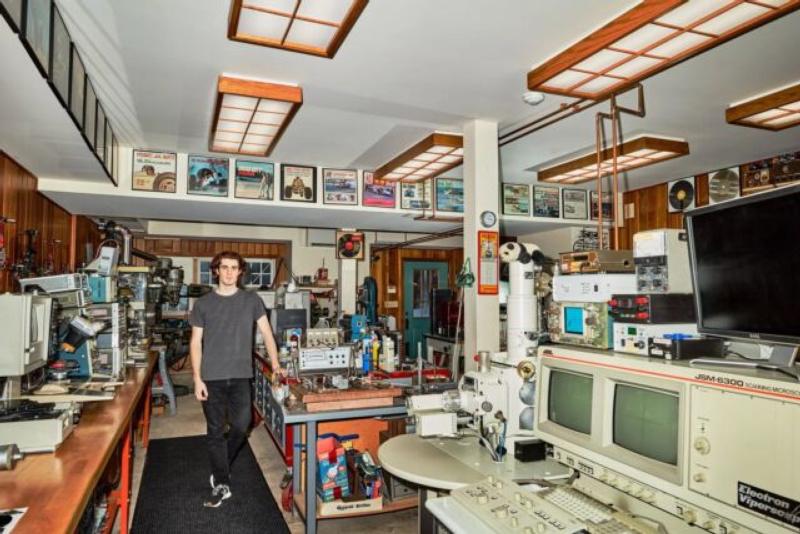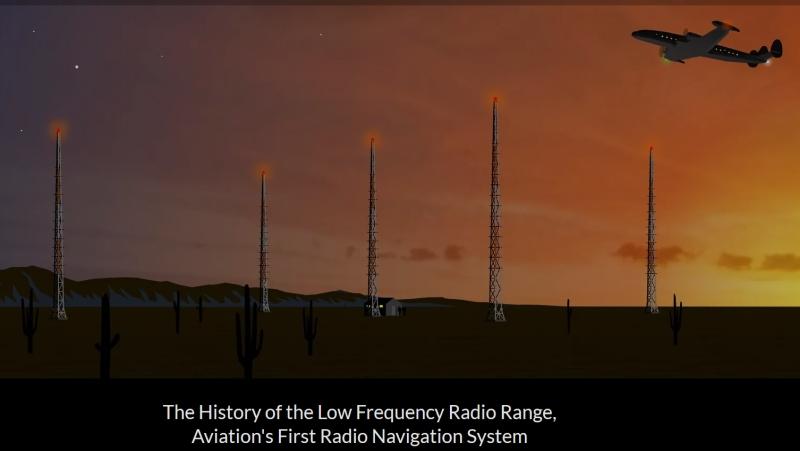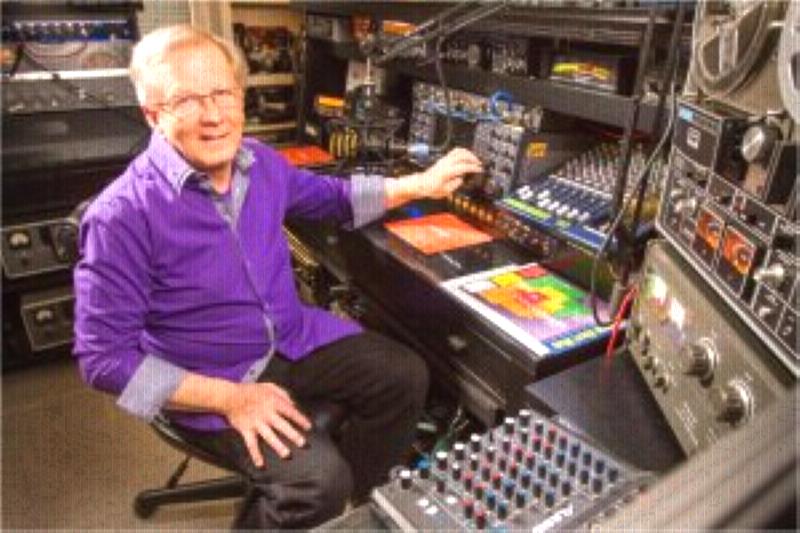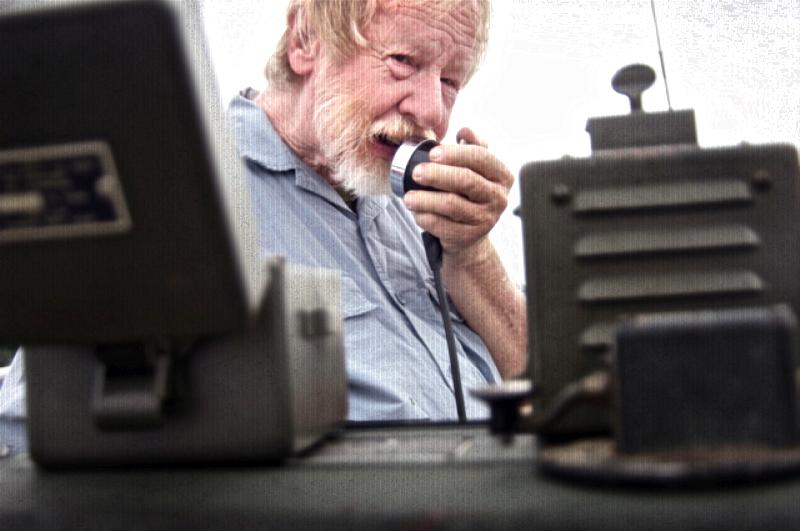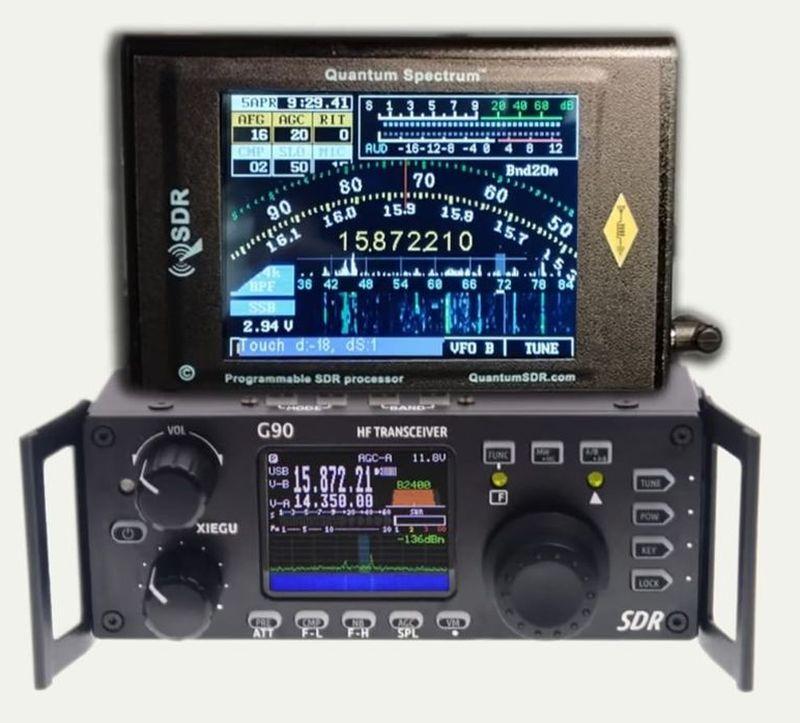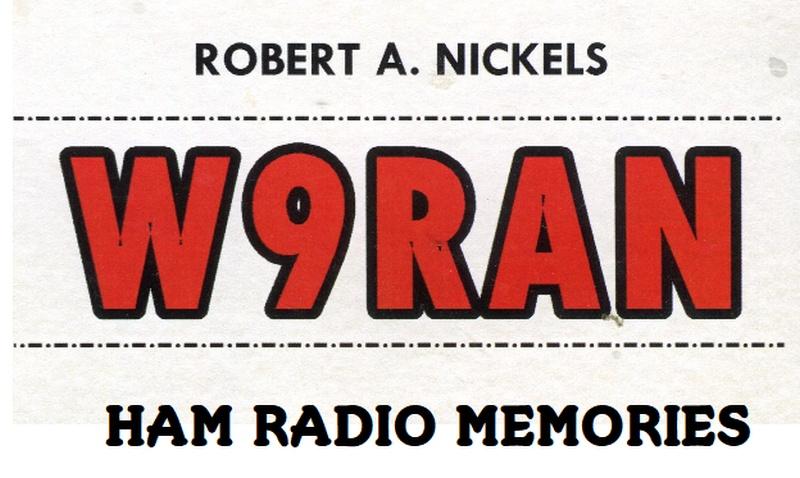DX-60 Website Announced
Celebrating the fun of low-power AM
General Information 12/09/2018
While everyone who knew Mike N8ECR is shocked and saddend by his untimely passing, we commemorate his legacy of promoting low-power AM operation with the new DX-60 Net website: https://dx-60.net//index.cfm?key=main
Mike gave tirelessly of his time and energy to provide an opportunity for AM operators in the midwest part of the country to have fun, make friends, and play radio every Sunday morning. The DX-60 net originated on 40 meters in the 1990s, and will continue under the stewardship of Steve, W8TOW who is also one of Mike's long-term radio pals. The DX-60 Net starts at 7AM sharp on 3880 kHz every Sunday morning, preceded by a pre-net roundtable that is usually chaired by K8DBN. While any radio is welcome, it's not surprising to hear 10 or more DX-60s, both running through linear amplifiers and in their "bare metal" glory on a given Sunday morning. Who knows how many DX-60 acquisitions N8ECR has been responsible for?
In my case - it goes beyond the Heathkit DX-60, where I naturally prefer the original ("non-A or B") model from the Daystrom era, barefoot of course, along with the HG-10 VFO and HR-10B receiver, which does a very nice job on 75 meter AM. Then there's what I call the "Mobile DX-60", officially known as the MT-1 Cheyenne and the MR-1 Comanche, along with all the mobile trimmings including the mounting bracket that allowed this pair to fit under the dash on the transmission hump (remember them?). These two perform very well and several "Little Indians" are heard on the DX-60 net.
Last but not least is what Mike dubbed "The Impostor" - the model 390 Lafayette Starflite transmitter which is a DX-60 clone but with a mirror-imaged layout and obviously different cosmetics. Mine is paired up with the Lafayette KT-200 receiver at present, which was imported from Japan where it was made by Trio (which would later become known as Kenwood). Both are good performers that actually are better than the more popular Heathkits in some ways, even through they are mere pretenders to the thron occupied by Heathkit in the hearts and shacks of countless hams.
Give low-power AM a try! The DX-60 Net is the perfect place to prove that you don't need 300 watts to be heard, or that even 40 watts can be heard quite well hundreds of miles away without a linear amplifier. That's the beauty and purpose of the DX-60 Net!
Latest Articles
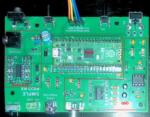
Technical
Posted: 01/29/2025
Comments: 0 |
Pico Rx performance - Excellent performance on 630m WSPR
The Simple Pico Rx is my minimalist implementation of Jonathan Dawson's "Pico Rx" at 101things: https://github.com/dawsonjon/PicoRX In this basic form the receiver consists of a Quadrature Sampling Detector (QSD aka Tayloe) and the Pico2 MCU which handles all DSP functions. There are NO front-end filters, the only bandwidth limitation comes from the tracking filter... READ MORE |
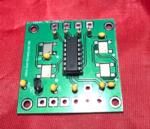
Crystal Replacement
Posted: 08/226/2024
Comments: 0 |
Making SMT "no lead" parts easier to use
SMT is the future - but how can we actually use parts without leads? ... READ MORE |
|
Crystal Replacement
Posted: 02/38/2024
Comments: 0 |
How good can a crummy receiver be?
Hundreds of different simple SDR receivers have been designed around Dan Tayloe's Quadrature Sampling Detector or QSD. Mine add nothing to the state of the art, and in fact subtract things, as I like minimalist solutions and the QSD is right in that sweet spot. Following the evolution of Tayloe's design I delete the resistors in series with the sample lines for inst... READ MORE |

Technical
Posted: 02/37/2024
Comments: 0 |
What's in a number (3253)?
The FST3253 dual four-to-one mux/demux IC has long been used as a "Tayloe Detector" or QSD (and QSE) in low-cost SDRs. They provide incredible performance for such a simple circuit, converting RF to baseband IQ with low loss and the ultimate in simplicity. Unfortunately the original FST3253 part has become obsolete and while substitutes are available, this is where the... READ MORE |

Vintage Ham Radio
Posted: 02/32/2024
Comments: 0 |
The Stancor 10P Transmitter
There weren't really many commercial transmitters in the 1930s as most hams built their own. But many of the ones that were offered came from the transformer companies who had two chances to profit. First, from those who would buy the kit, and two, from those would would see it in the (free) booklets the companies provided to their distributors who would then sell the iron to ham... READ MORE |

Vintage Ham Radio
Posted: 12/355/2023
Comments: 0 |
The Care and Feeding of the EF Johnson Courier amplifier
The EF Johnson "Courier" is a grid-driven amplifier using two 811A tubes. Switching is provided for operating in either class C for CW or as a class B linear amplifier for AM or SSB. Rated power is 500 watts input for CW, 500 watts PEP input for SSB, and 200 watts input for double-sideband AM with carrier. Since all amateur power levels were meas... READ MORE |

Historic
Posted: 11/329/2023
Comments: 0 |
TV Duplexer
Some things are interesting, even if totally useless nowadays. Such is the case with the Philco 426-3034 Crossover Kit for UHF TV. What the heck is that? Well, back in the late 50s, UHF television stations operating on channels 14-83 started to appear in many areas of the US where viewers had a VHF-only TV antenna, and in many cases an externa UHF converter was... READ MORE |

Crystal Replacement
Posted: 11/327/2023
Comments: 0 |
Replacing failed crystals
For decades, quartz crystals were used everywhere a stable frequency source was needed, even in some applications that depended on overtone (harmonic) behavior into the VHF range. These crystals were less stable and more dependent on circuit parameters that fundamental types and thus more problematic. Such was the case with the 94 MHz crystal in the 2 meter converter ... READ MORE |

Historic
Posted: 11/315/2023
Comments: 0 |
My Own Ham Radio Story by W9RAN
Everyone has a story of how they got involved in ham radio - this is mine. It started much earlier, including receiving a Knight Kit Span Master shortwave radio for Christmas in about 1963, at age 12. I'll never forget the night my dad and I finished building it and I wanted to try it out. It came with a 50 ft. antenna which was still coiled up - but ... READ MORE |

Technical
Posted: 09/267/2023
Comments: 0 |
Hot to simulate vacuum tubes in LTSpice
LTSice is a powerful simulation tool that is provided free by Linear Technology Corp. It comes with a complete library of passive and common analog solid-state components but if you want to use it to simulate vacuum tubes, it doesen't work as-is. Even though triode and pentode symbols can be found in the "Misc" folder, they are just schematic symbols and... READ MORE |
Latest Links

Products
Posted: 12/10/2018
Comments: 0 |
How To Get Tech Help From Strangers On The Internet
Paul Stoffregen is the creator of the Teensy microcomputer and related products and has authored a vast amount of exceptionally good and useful public domain software to go with it. As the old saying goes "no good deed goes unpunished" and in the course of answering customer and would-be customer questions, Paul has written over 18,000 replies. From that he's ... READ MORE |
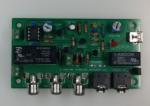
Products
Posted: 11/11/2018
Comments: 0 |
VERSA-TR purchasing
The VERSA-TR kit designed by RAN Technology Inc. is available from our friends at Hayseed Hamfest. Please direct all order-related questions to them at https://hayseedhamfest.com/pages/contact-us ... READ MORE |
Latest News

WANTED: Bendix 3206
Power Supply/Mod/IF unit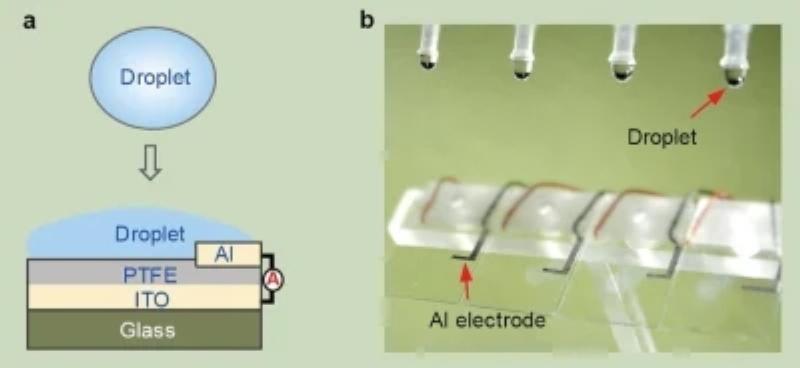
New droplet-based electricity generator
A drop of water lights up 100 small LED bulbs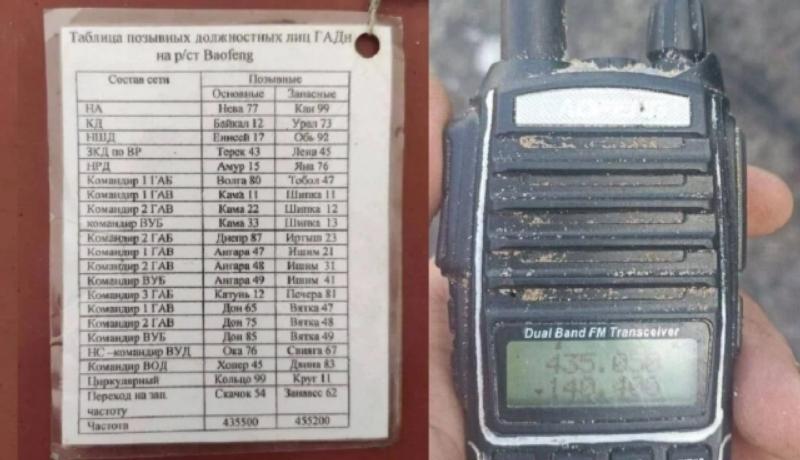
Russian soldiers uses Chinese portable radios
Baofung UV-82HP - unencrypted
Amateur radio transmittting suspended in Ukraine
part of a 30 day emergency order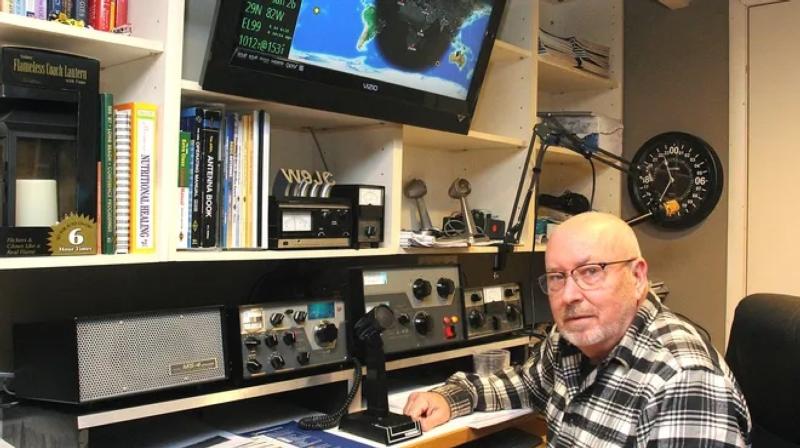
Local IL Ham featured in newspaper article
W9JC, Freeport IL